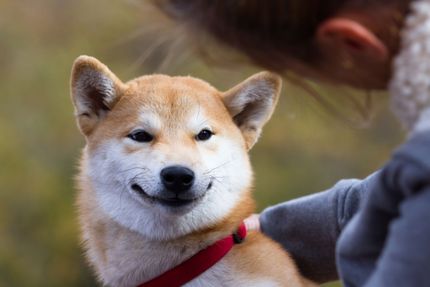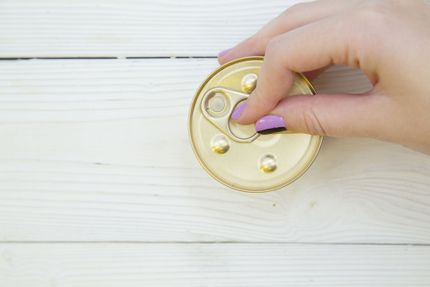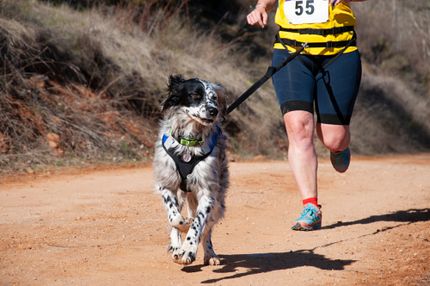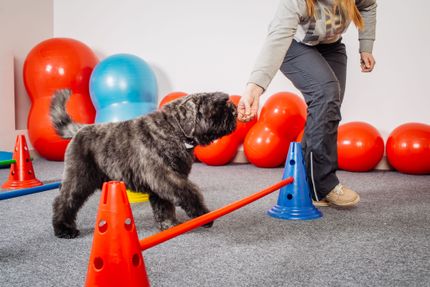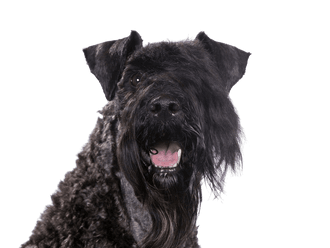
Kerry Blue Terrier Breed description: Character & Co
Kerry Blue Terrier
Facts & Origin
The Kerry Blue Terrier is a pleasant family dog that is alert and fearless in defending its home.
What is the origin of Kerry Blue Terriers?
Originating from Ireland, the working dog was also known as Irish blue in the past. The dog was used as a guard dog and rat catcher on farms and was used for hunting because of its endurance. First breed descriptions are known since the middle of the 19th century. In 1913 the Terrier gained greater fame and spread through dog shows. In 1920 the Dublin Blue Terrier Club was founded. Since that time only dogs with a silver or blue-black coat were recognized. The breed recognition by the FCI took place in 1922 (number 3, group 3, section 1). From 1928 on, the dog breed found worldwide distribution.
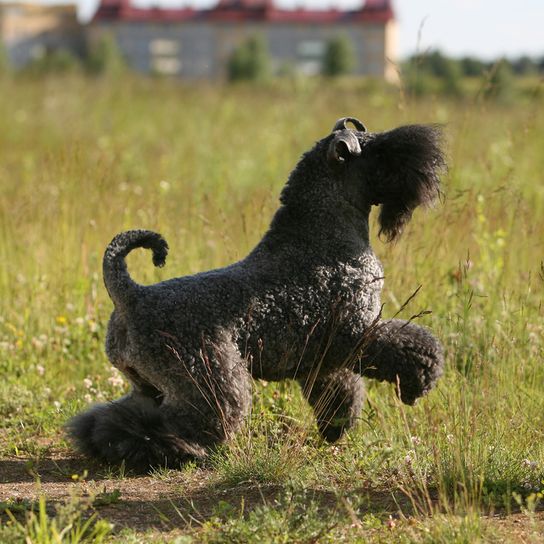
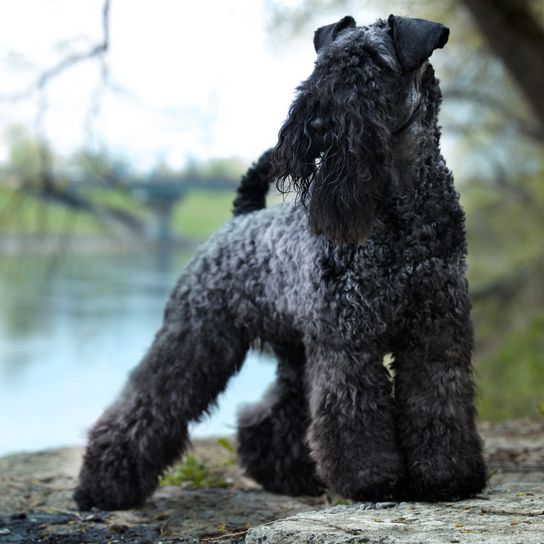
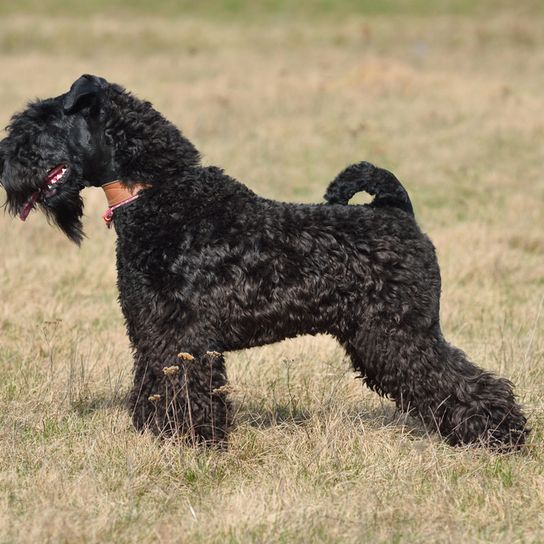
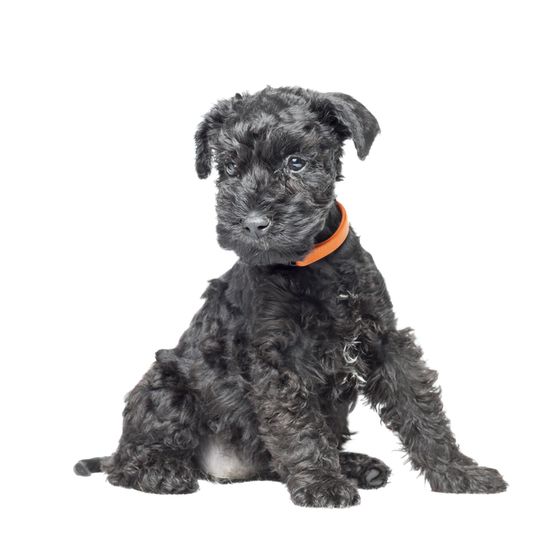
| Alternate Name | Blue Irish Terrier |
| Origin | Ireland |
| Life expectancy | 13 - 15 years |
| Care requirements | high-maintenance |
| Activity level | average |
| FCI group | Bull type Terriers |
| AKC group | Terrier Group |
| KC group | Terrier Group |
Attitude, character and temperament of the breed
What are typical character traits of Kerry Blue Terriers?
The Kerry Blue Terrier is a typical representative of the terriers. It is spirited and fearless and appears particularly self-confident. This intelligent dog is a quick learner and likes to be exercised both mentally and physically. Dog sports are one of its favorite activities. It is closely tied to its family and wants to accompany the family in all undertakings. Since the terrier sometimes behaves boisterously, it needs a consistent, loving upbringing. In order for it to learn quickly, it must be able to grasp the meaning of the exercises. This robust dog has retained many of the characteristics of the original breed. It is alert and defends his people to the utmost. However, with proper training, the Kerry Blue Terrier is not prone to aggression or nervousness. It also gets along well with children. The hunting instinct and the preference for bathing in water have been preserved.
Character
Usage
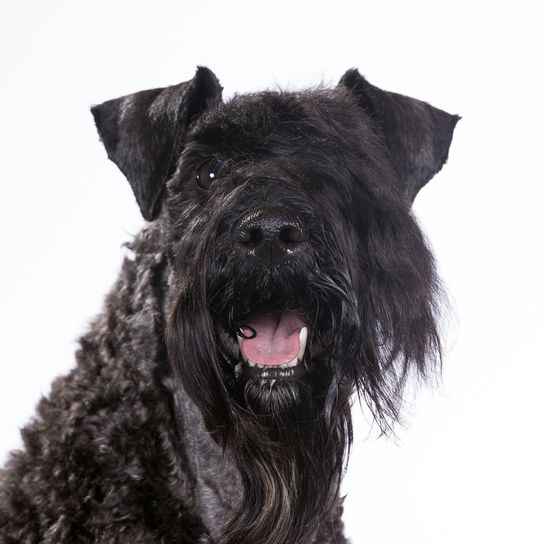

Health and breeding information
What are typical diseases of Kerry Blue Terriers?
Some hereditary diseases are known in the dog breed:
- CMSD multiple system degeneration: neurological disease with movement disorders. The dogs die at the age of 18 months.
- malignant hyperthermia
- hyperuricosuria: uric acid in the blood is increased. Liver and kidney diseases are the result.
- blood coagulation disorder due to factor XI deficiency
- skin diseases
Kerry Blue Terrier breeding - where, how, what?
In order to buy a healthy puppy, it should be purchased from a breeder.
You can get addresses of breeders at
- Association for the German Kennel Club
- Kerry Blue Terrier Club
- www.terrier.at


What are the breed characteristics of Kerry Blue Terriers?
The Kerry Blue Terrier is one of the medium sized, high legged terriers. The build is muscular with a strong skull. The nose-forehead stop is almost not visible. A chin beard typical of the breed gives the dog its characteristic appearance. The brown, medium sized eyes are lively and interested. The forward pointing ears are set close to the head. The thin tail is set high and carried erect. Docking of the tail is prohibited. The legs are well muscled, the hocks strong. Due to the well developed muscles, the gait is ground covering with good coordination of movements.
Appearance and Coat of the Kerry Blue Terrier
The dense coat is rough and wavy. The head is abundantly hairy with a typical whisker. During the typical shearing of the breed, the eyes are covered by longer hairs. The coat colour ranges from light silver-grey to all shades of blue. At birth the puppies have a black coat, which turns slightly brownish at 18 months. At the age of three years the change to steel blue is completed. Since the terrier has hardly any undercoat, it does not shed much. The coat must be clipped regularly.
How big does the Kerry Blue Terrier grow?
- Male 45,5 to 49,5 cm
- bitch 44,5 to 48 cm
How much does a Kerry Blue Terrier weigh?
- Male 15 to 18 kg
- bitch 14 to 17 kg
How old does a Kerry Blue Terrier live?
The life expectancy of the terrier is 13 to 15 years.
| Fur length | long |
| Fur | curly |
| Ear shape | Tilt-ear |
| Tail | short |
| Anatomy | square |
| Size ♀ | 44 - 48 cm |
| Weight ♀ | 14 - 17 kg |
| Size ♂ | 45 - 49 cm |
| Weight ♂ | 15 - 18 kg |
| Suitable For | - |
Colors
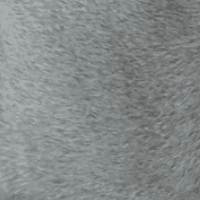

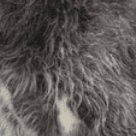
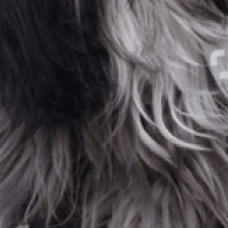
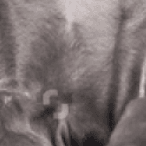



Known Diseases
Skin inflammations
Can be hereditary in certain breeds.
Kidney disease
Symptoms of kidney disease in dogs: increased urination (polyuria) increased water intake. Inflammation of the mucous membrane of the mouth. Loss of appetite
Other medium dogs
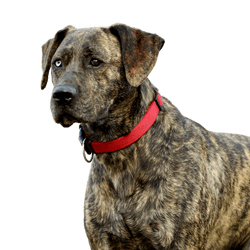

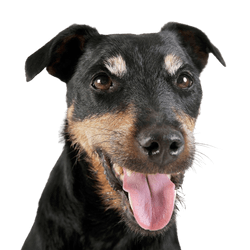
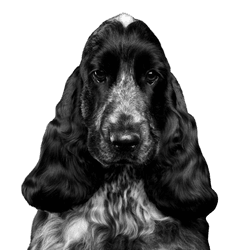
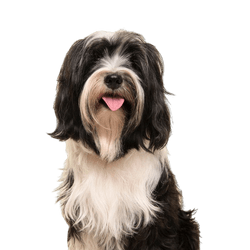
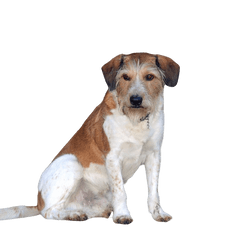
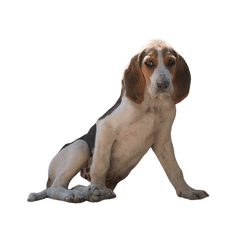
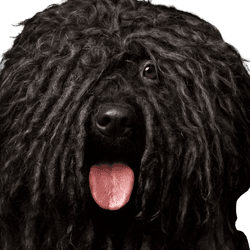
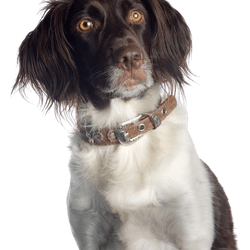
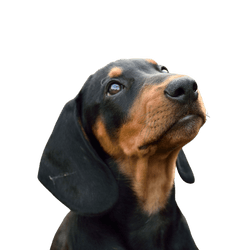
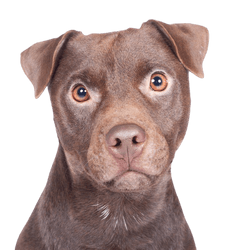
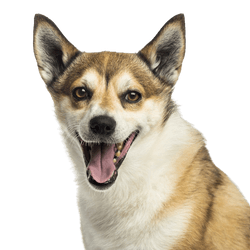
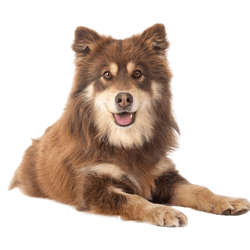
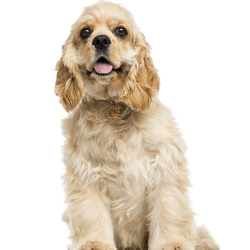


Useful Articles
You can find articles that might interest you in the dogbible blog to match your favorite breed.
Visit our magazineto stay up to date on dog trends.
To find out more, view our Privacy Policy
Find here the breed that suits you and find out what character traits it has. Here you can also learn more about the origin, size and weight of your favorite breeds.
Matching your favorite breed, you'll find articles that might interest you on the dogbible dog blog.
Allergy dog: Hypoallergenic breeds really exist?
Dog beach Balaton: These dog places at the Balaton you should know
Advantages of pedigree dogs to mongrel dogs
